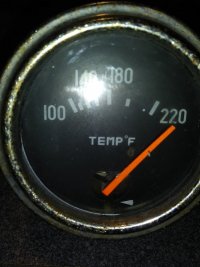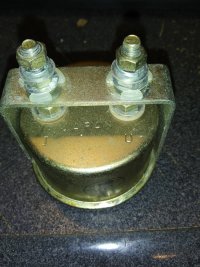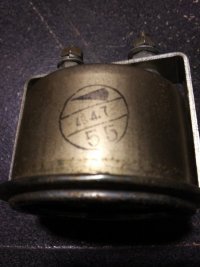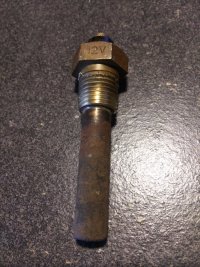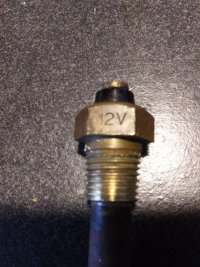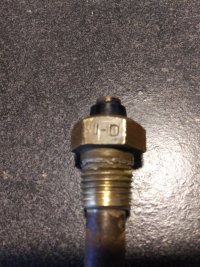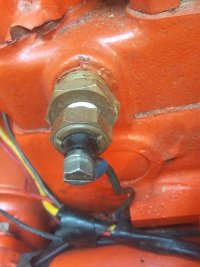Spidersloveboat
Member I
I need a sender for the temp gauge pictured. It's from a 1972 E-27. Needs a positive temperature coefficient sender, 12V supply. Resistance should be about 90 ohms at 180 F, and 120 ohms at 200 F. The photos show the only identifying marks I could find: "I", "U" and "JAPAN" stamped on the back, plus the marking on the OD. Gauge works with various resistors connected. Seems a waste to have to buy a new gauge and matching sender. But all the modern senders I have found so far decrease their resistance with increasing temperature.
